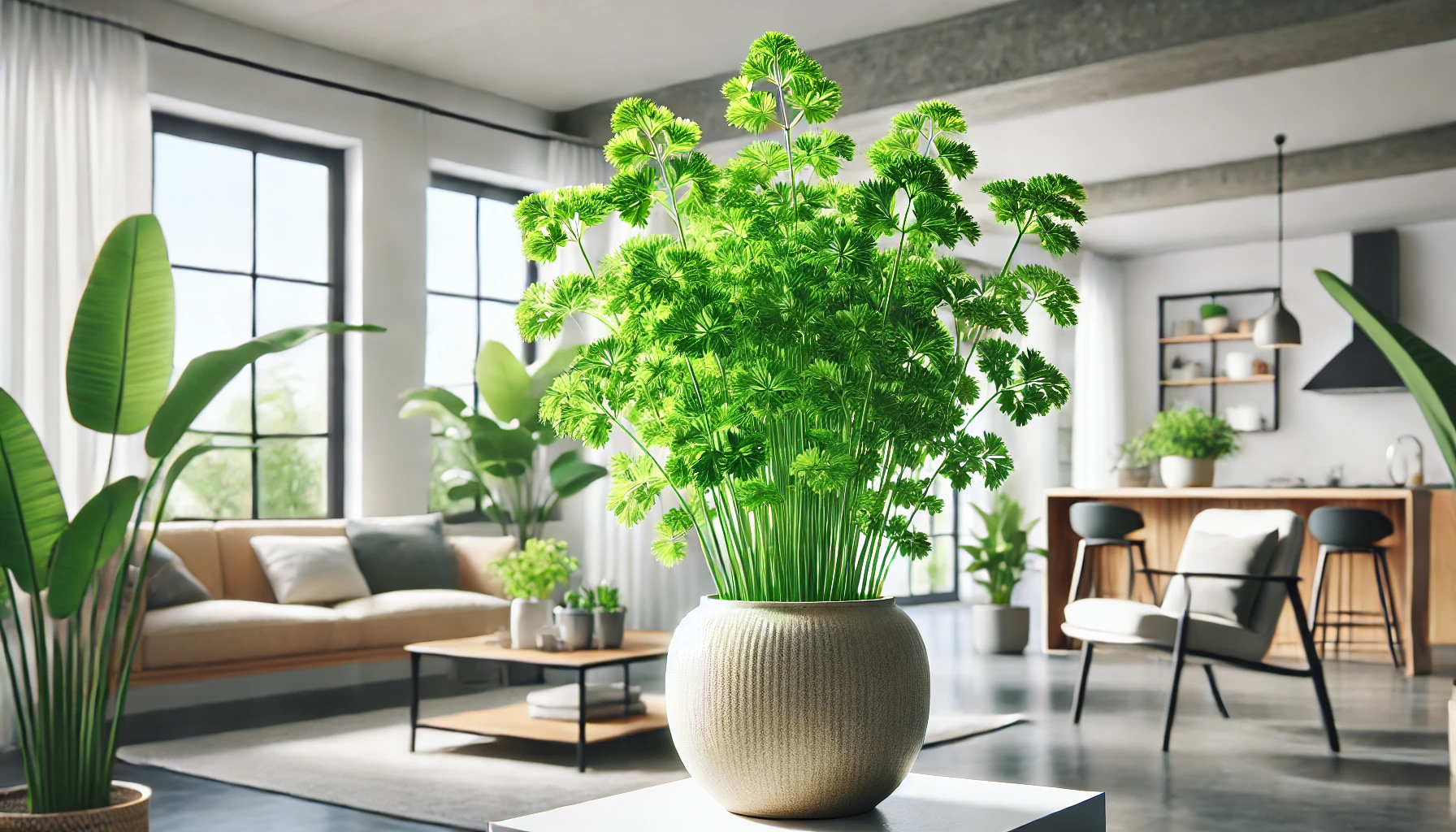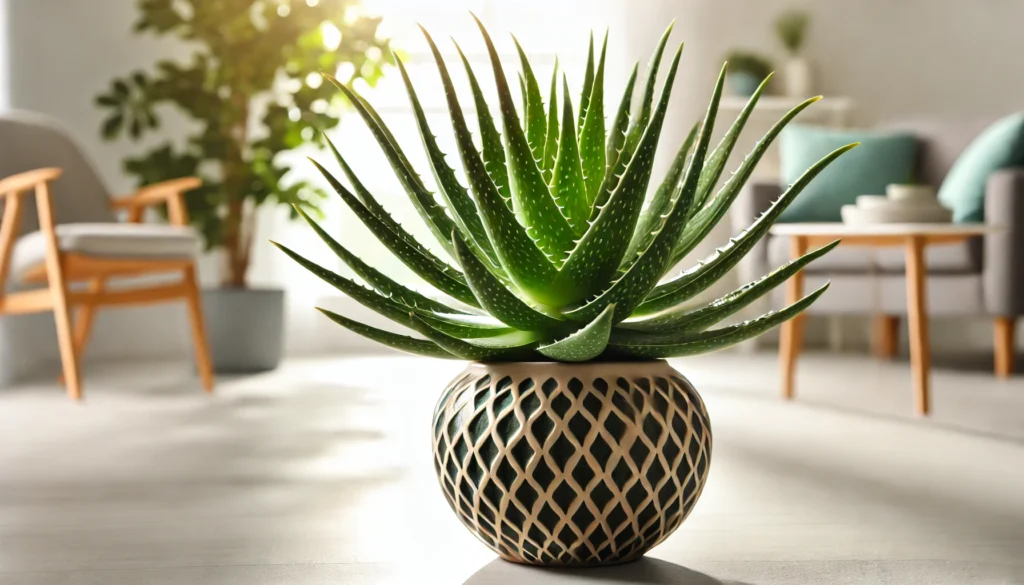
Parsley, known scientifically as Petroselinum crispum, is a popular herb appreciated for its fresh flavor and nutritional benefits. This biennial plant can reach up to 1-2 feet in height and spread about 1 foot wide. It’s commonly used as a garnish or ingredient in various dishes, adding both visual appeal and a burst of flavor.
History and Ideal Growing Conditions
Parsley has a rich history, dating back to ancient times when it was used for both culinary and medicinal purposes. Originating in the Mediterranean region, it has been cultivated for over 2,000 years. The Greeks and Romans highly valued parsley, using it in ceremonies and as a breath freshener. Parsley thrives in cool climates and prefers well-draining soil. It’s ideally grown in USDA hardiness zones 5-9 and can be cultivated both indoors and outdoors.
Toxicity and Pets
While parsley is safe for human consumption and offers numerous health benefits, it’s important to note that in large quantities, it can be toxic to pets. High amounts of parsley can cause issues in dogs and cats, including photosensitivity and urinary issues. However, small amounts used as a garnish are generally safe.
Best Practices for Caring for Parsley
Caring for parsley is straightforward, making it a great choice for both novice and experienced gardeners.
Watering and Humidity
Parsley prefers consistently moist soil. Water the plant regularly, ensuring the soil remains evenly moist but not waterlogged. During hot weather or dry spells, you may need to water more frequently. Parsley enjoys moderate humidity levels, which can be easily maintained in most indoor environments.
Soil, Light, and Temperature
Parsley grows best in rich, well-draining soil. A good potting mix with added compost will provide the necessary nutrients. This herb thrives in full sun to partial shade, needing at least 4-6 hours of sunlight each day. Ideal temperatures for parsley range between 50°F and 70°F. It can tolerate light frost but should be protected from extreme cold.
Common Problems and Remedies
Even with the best care, parsley can encounter some common issues. Yellowing leaves often indicate overwatering or poor drainage. To remedy this, ensure your soil is well-draining and adjust your watering schedule. Pests like aphids and spider mites can also affect parsley. Combat these pests with a mild insecticidal soap or neem oil spray. Fungal diseases such as powdery mildew can occur in overly damp conditions. Ensure good air circulation and avoid overhead watering to prevent this issue.
Propagation and Benefits
Parsley can be easily propagated from seeds or cuttings. To grow from seeds, sow them directly into the soil about 1/4 inch deep. Keep the soil moist until the seeds germinate, which can take up to three weeks. For cuttings, place a healthy stem in water until roots develop, then plant it in soil.
Parsley is packed with vitamins A, C, and K, and is rich in antioxidants. It can aid in digestion, boost the immune system, and improve bone health. Additionally, it makes an excellent companion plant in the garden, helping to repel pests and improve the growth of nearby plants.
Final Thoughts
Parsley is a versatile and nutritious herb that can enhance both your culinary creations and your garden. Its ease of care and numerous health benefits make it a must-have for any gardener. With the right conditions and a bit of attention, your parsley plant will thrive, providing you with fresh, flavorful leaves year-round. So why not add parsley to your garden or kitchen windowsill and enjoy all the wonderful benefits it brings?



